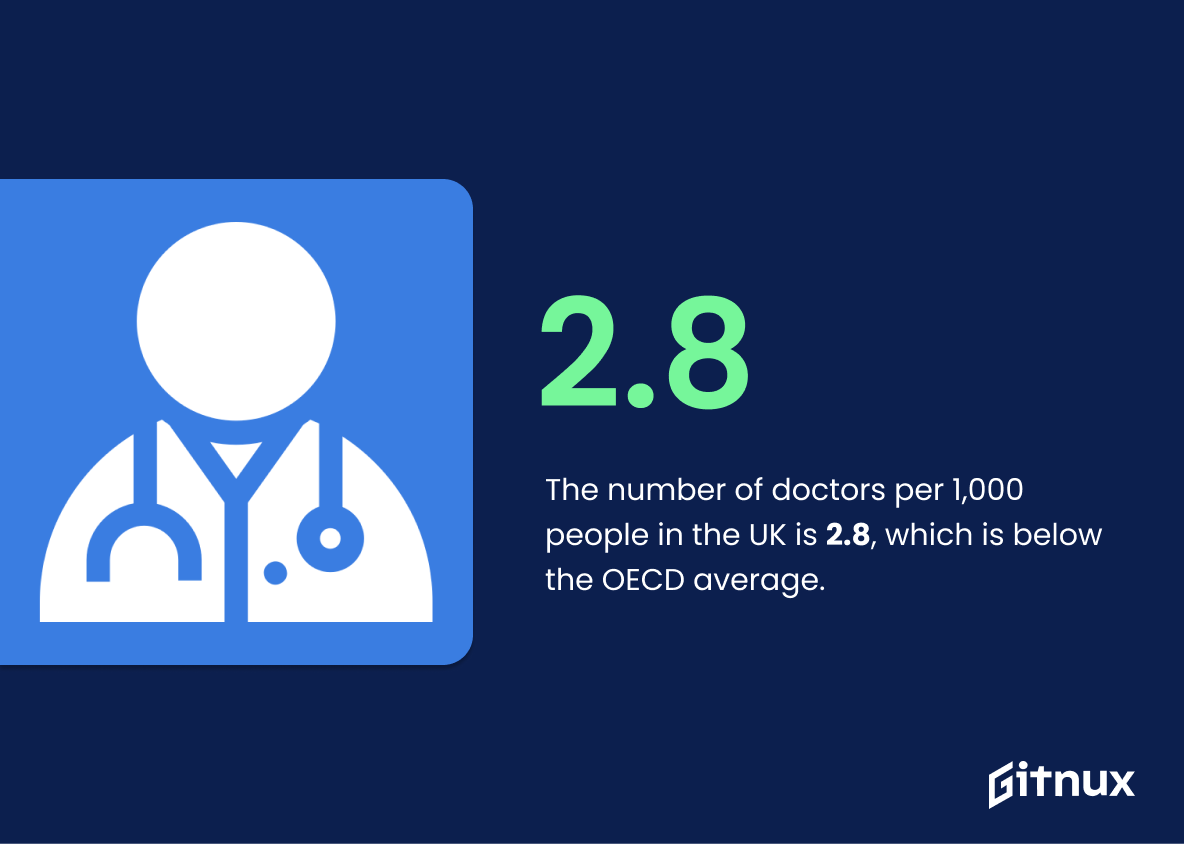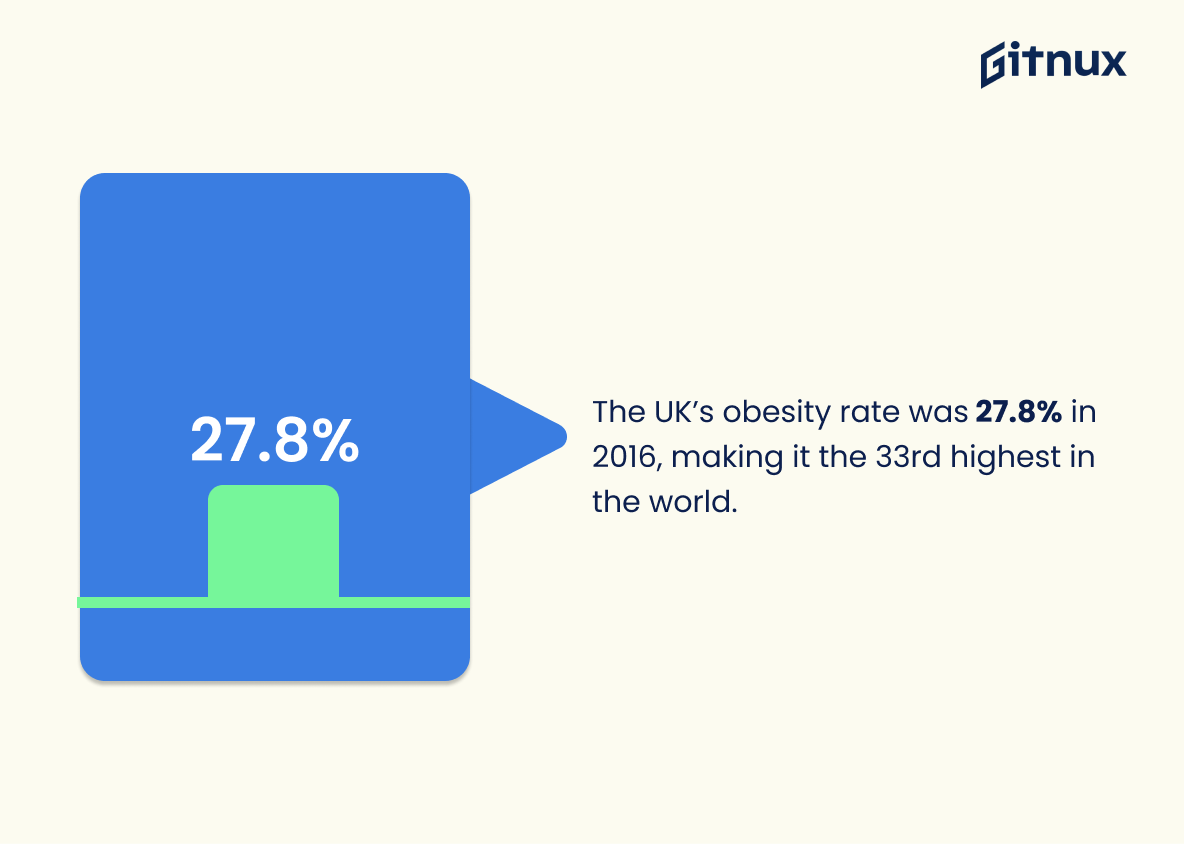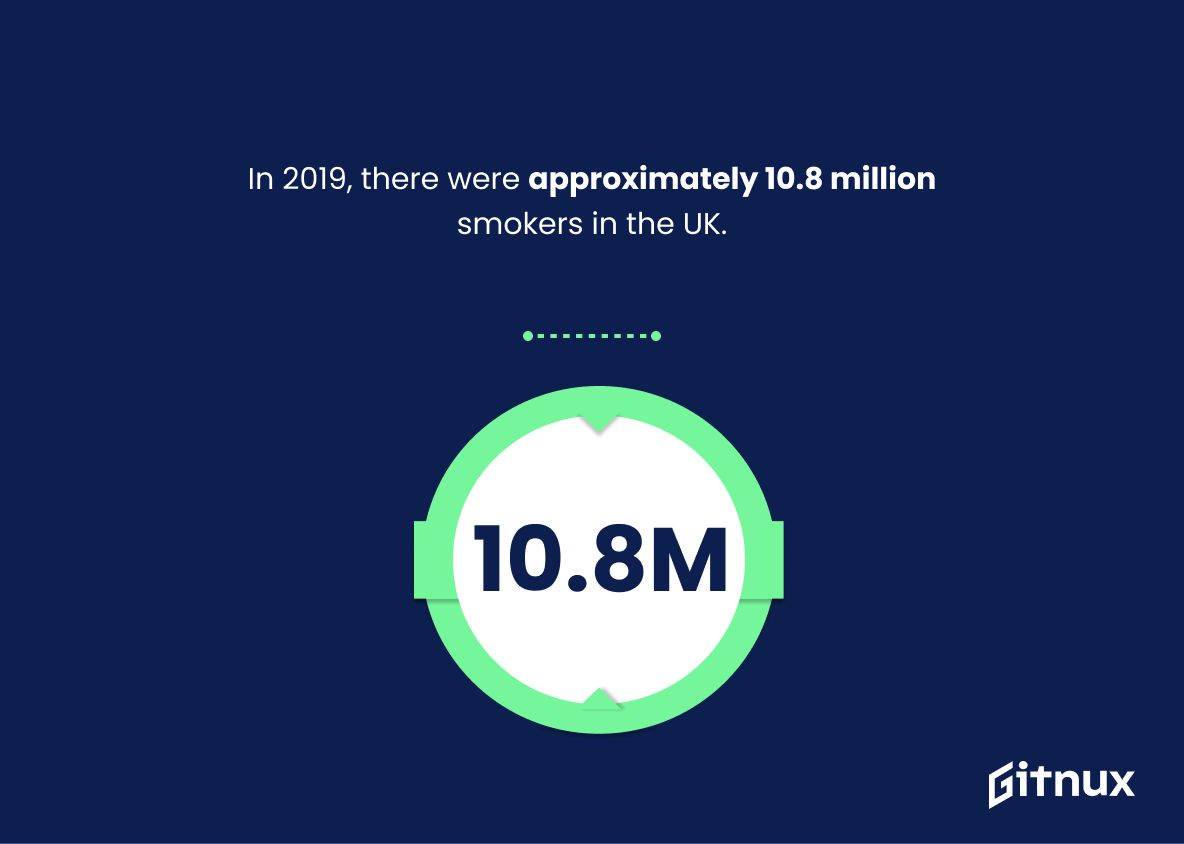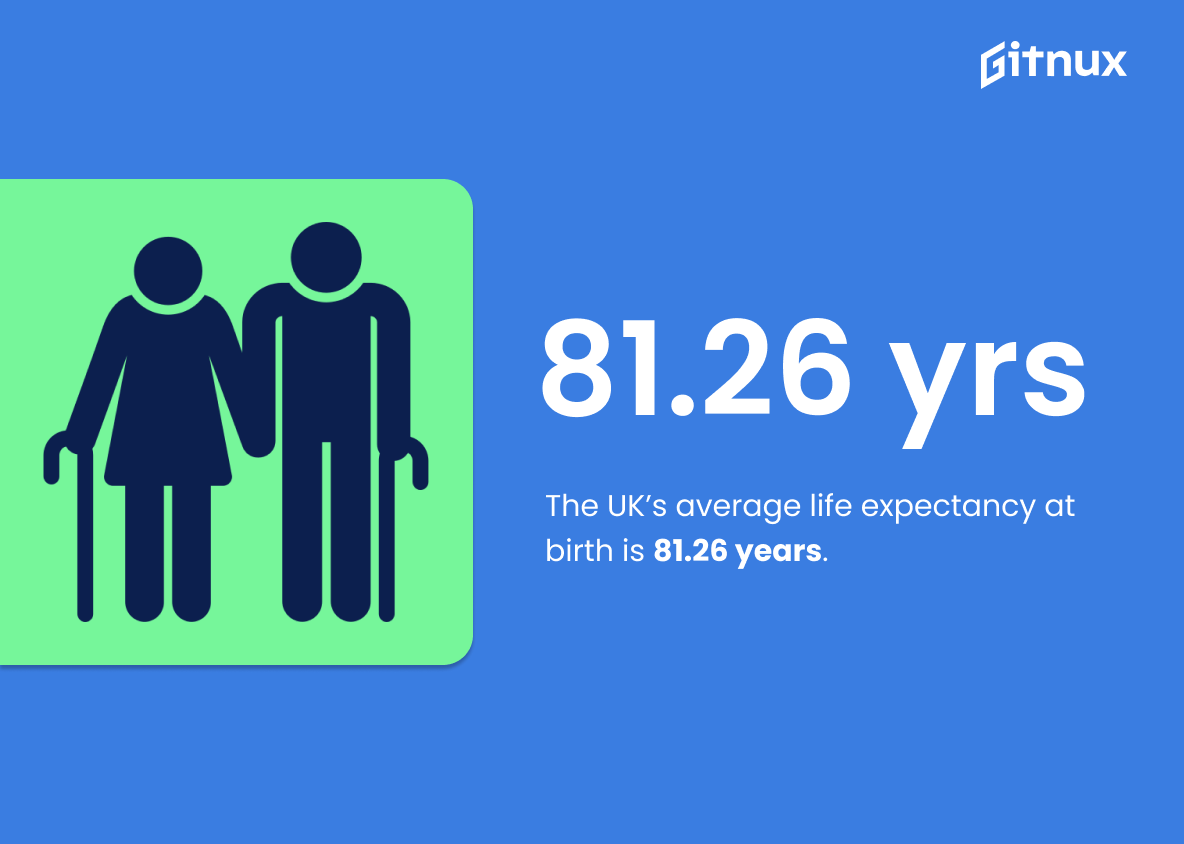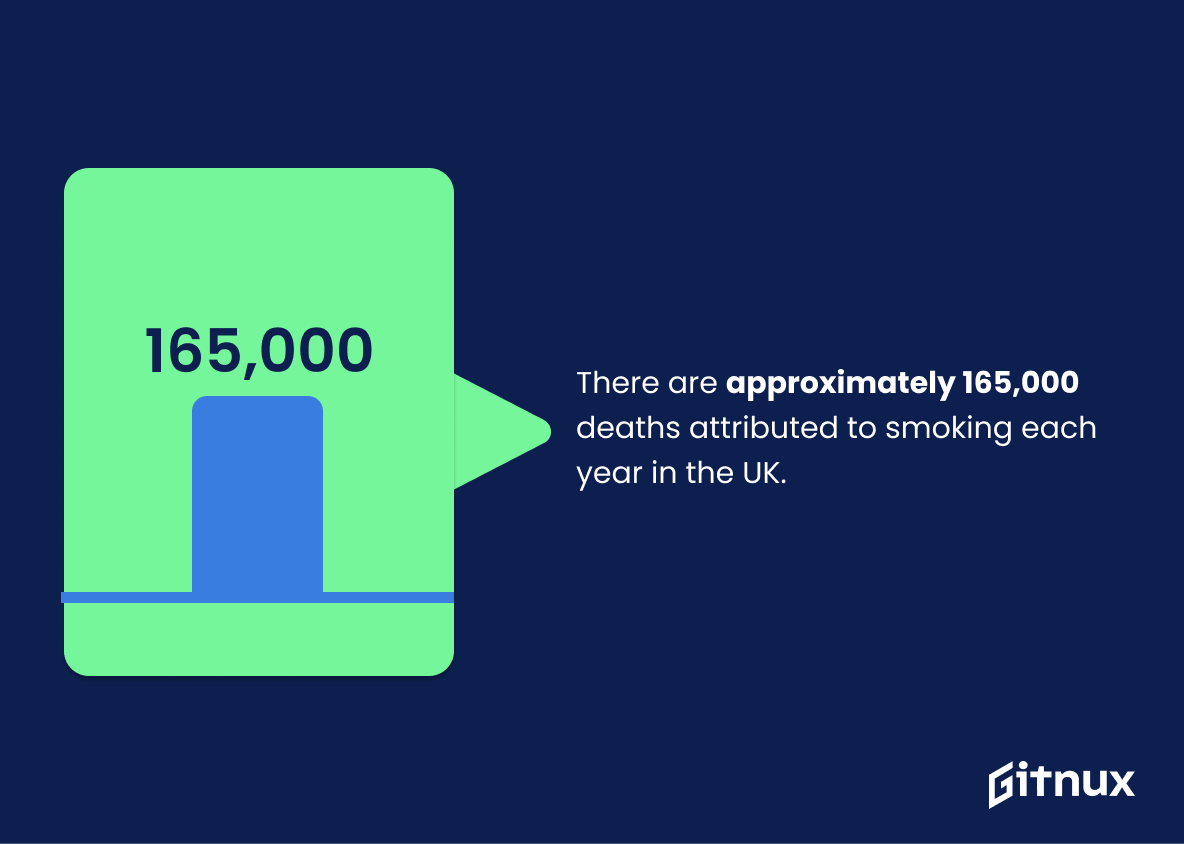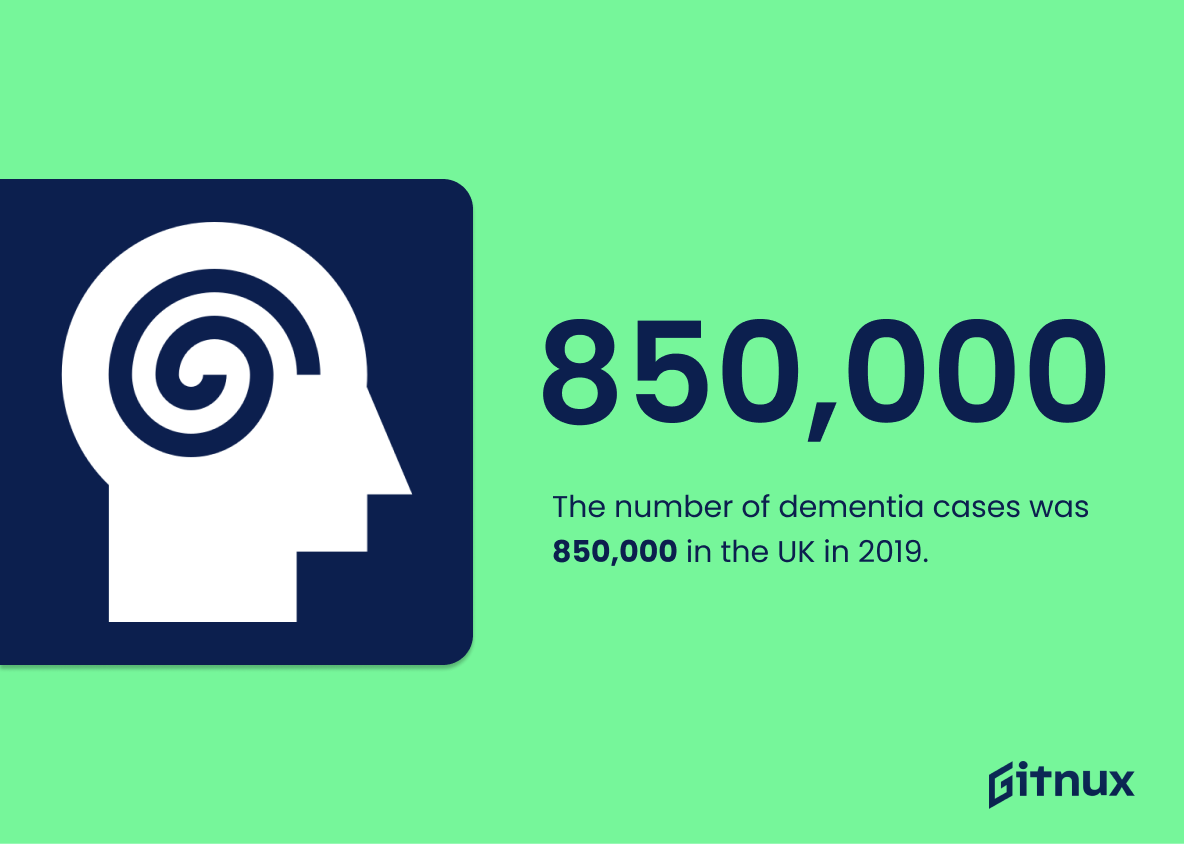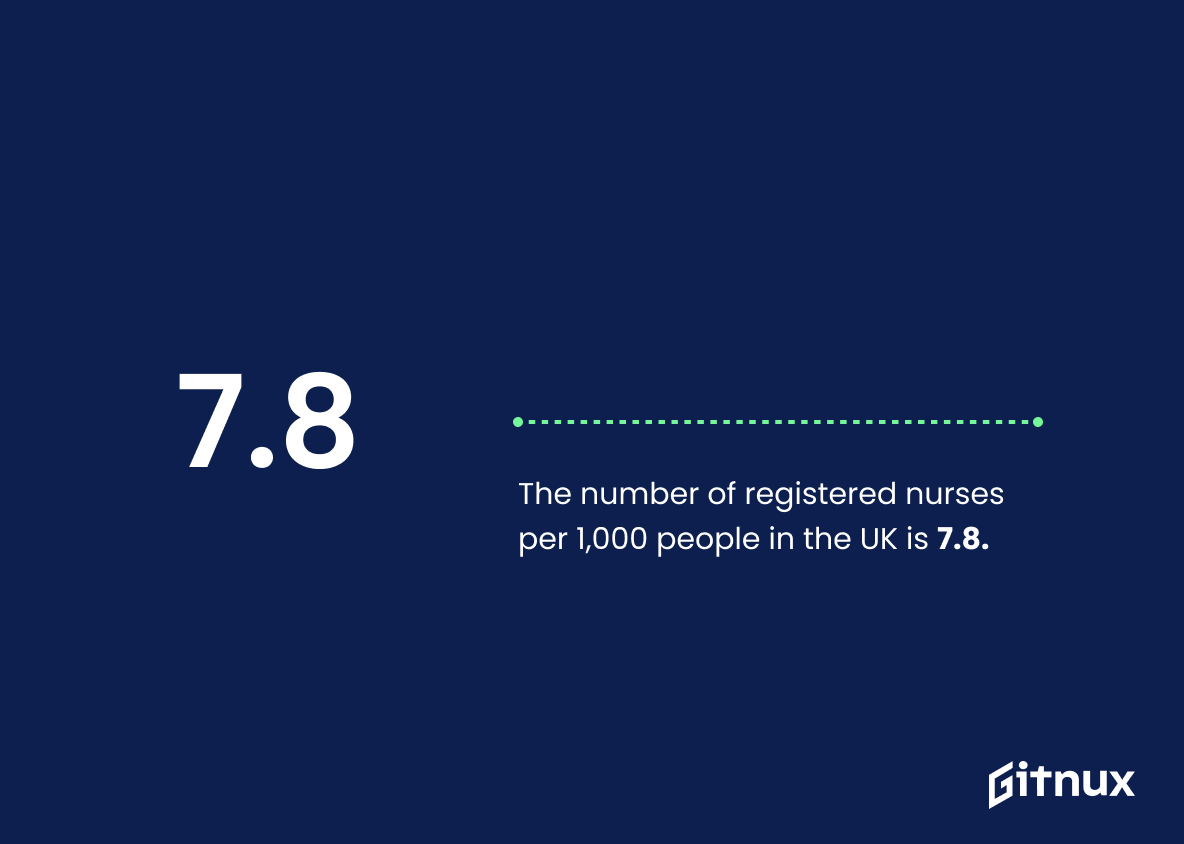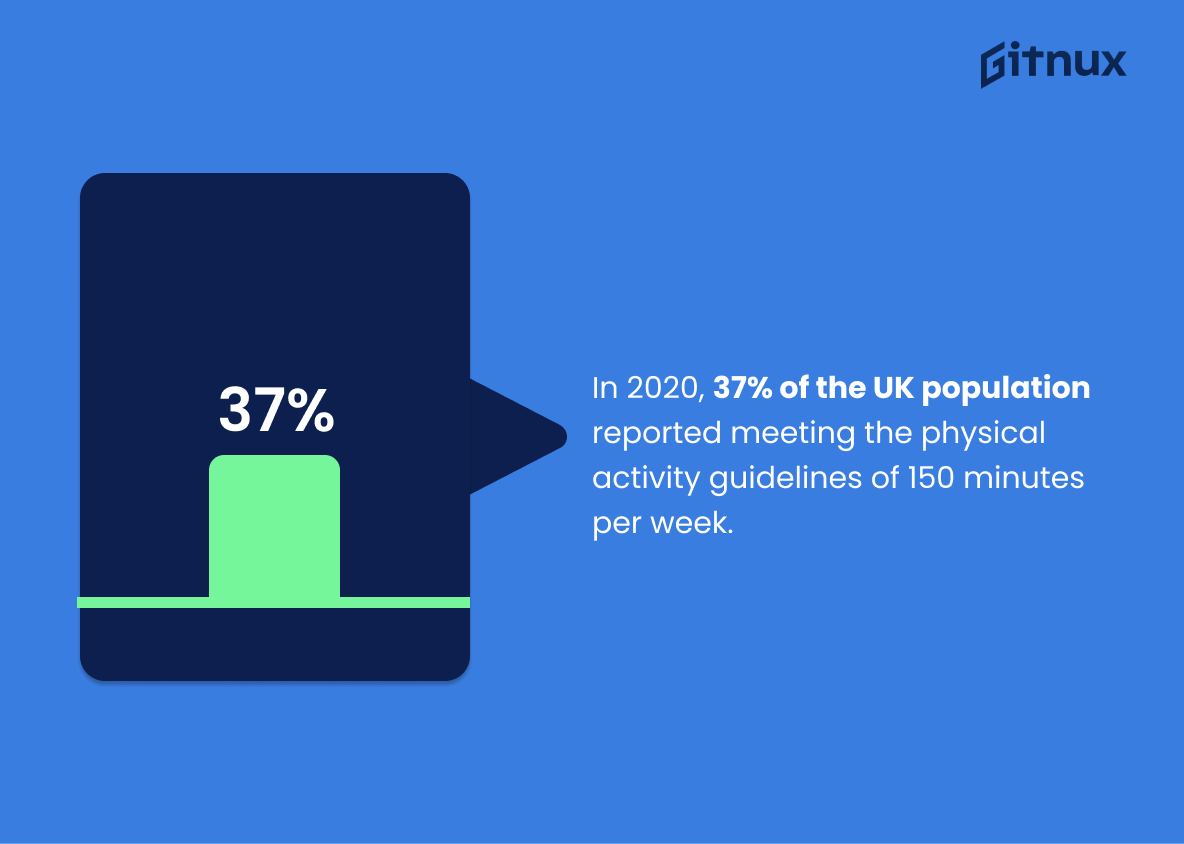The UK’s health statistics provide a comprehensive overview of the nation’s current state of health. From spending on healthcare to long-term conditions, from doctor numbers to employment in the sector, and from tuberculosis cases to obesity rates – this blog post will explore 20 key facts about UK Health Statistics.
Uk Health Statistics Overview
The number of doctors per 1,000 people in the UK is 2.8, which is below the OECD average.
This statistic is indicative of the UK’s health system falling short of the OECD average, highlighting the need for improvement in the UK’s healthcare system. It suggests that the UK is not providing adequate access to medical care for its citizens, which could have a detrimental effect on the overall health of the population. This is an important issue to consider when discussing UK health statistics, as it could have a significant impact on the health of the nation.
In 2019 there were 1.74 million people working in the UK healthcare sector.
This statistic is a powerful indicator of the importance of the UK healthcare sector. It highlights the sheer number of people employed in the sector, demonstrating the scale of the industry and the impact it has on the UK economy. It also serves as a reminder of the vital role healthcare workers play in providing essential services to the public.
In 2018, there were 9,839 new cases of tuberculosis recorded in the UK.
This statistic is a stark reminder of the prevalence of tuberculosis in the UK. It highlights the need for continued efforts to reduce the number of new cases of tuberculosis in the UK, as well as the need for improved access to diagnosis and treatment for those affected.
The UK’s obesity rate was 27.8% in 2016, making it the 33rd highest in the world.
This statistic is a stark reminder of the UK’s place in the global obesity rankings, highlighting the need for urgent action to tackle the nation’s weight problem. It serves as a call to arms for the government and health professionals to take steps to reduce the rate of obesity in the UK and improve the nation’s health.
In 2019, there were approximately 10.8 million smokers in the UK.
This statistic is a stark reminder of the prevalence of smoking in the UK. It highlights the need for more effective public health initiatives to reduce the number of smokers in the country and to improve the overall health of the population.
The UK’s average life expectancy at birth is 81.26 years.
This statistic is a testament to the UK’s commitment to providing quality healthcare and promoting healthy lifestyles. It is a reflection of the nation’s dedication to ensuring its citizens have access to the resources they need to live long and healthy lives. It is also a reminder of the importance of investing in preventative measures to reduce the risk of serious illnesses and diseases.
In 2017, 717,300 cases of cancer were diagnosed in the UK.
This statistic is a stark reminder of the prevalence of cancer in the UK. It serves as a reminder of the importance of taking preventative measures to reduce the risk of developing cancer, as well as the need for continued research and development of treatments for those who are diagnosed. It is a sobering reminder of the impact that cancer has on individuals, families and communities across the UK.
The under 5 mortality rate in the UK was 4.1 deaths per 1,000 live births in 2018.
The under 5 mortality rate in the UK is a telling statistic when it comes to the overall health of the nation. It serves as a barometer of the quality of healthcare and the level of access to medical services available to the population. In 2018, the rate of 4.1 deaths per 1,000 live births is a testament to the progress made in the UK in terms of providing quality healthcare and reducing infant mortality. This statistic is an important indicator of the health of the nation and should be taken into account when discussing UK health statistics.
There are approximately 165,000 deaths attributed to smoking each year in the UK.
This statistic is a stark reminder of the devastating impact that smoking has on the UK population. It highlights the urgent need for more effective public health initiatives to reduce the number of smoking-related deaths in the country. It also serves as a warning to those who are considering taking up smoking, and emphasizes the importance of educating people about the risks associated with smoking.
In 2020, an estimated 5.4 million people in the UK had asthma.
Asthma is a serious condition that affects millions of people in the UK, and this statistic serves as a stark reminder of the prevalence of the condition. It is a reminder that the UK must continue to invest in research and treatments to ensure that those living with asthma can lead healthy and fulfilling lives. This statistic is also a call to action for individuals to take steps to reduce their risk of developing asthma, such as avoiding triggers and maintaining a healthy lifestyle.
The number of dementia cases was 850,000 in the UK in 2019.
This statistic is a stark reminder of the prevalence of dementia in the UK. It highlights the need for increased awareness and understanding of the condition, as well as the need for more resources to be devoted to research and care for those affected. It is a sobering reminder of the impact dementia has on individuals, families and communities across the UK.
The UK had 7.9 hospital beds per 1,000 population in 2020.
This statistic is a telling indication of the state of the UK’s healthcare system. It provides insight into the availability of hospital beds and the capacity of the healthcare system to provide care to the population. It is an important metric to consider when evaluating the overall health of the nation and the effectiveness of the healthcare system.
The number of registered nurses per 1,000 people in the UK is 7.8.
This statistic is a telling indication of the state of healthcare in the UK. It highlights the fact that there is a limited number of nurses available to provide care to the population, which could be a cause for concern. It also suggests that the UK may not have enough nurses to meet the needs of its citizens, which could lead to a lack of access to quality healthcare. Ultimately, this statistic is an important indicator of the health of the nation and should be taken into consideration when discussing UK health statistics.
In 2020, 37% of the UK population reported meeting the physical activity guidelines of 150 minutes per week.
The fact that 37% of the UK population reported meeting the physical activity guidelines of 150 minutes per week in 2020 is a testament to the importance of physical activity in maintaining a healthy lifestyle. This statistic is indicative of the progress that has been made in promoting physical activity and the positive impact it can have on overall health. It is also a reminder that there is still work to be done in order to ensure that more people are meeting the physical activity guidelines and reaping the benefits of regular exercise.
32.9% of the UK population consumed five (or more) portions of fruit and vegetables daily in 2018.
The statistic that 32.9% of the UK population consumed five (or more) portions of fruit and vegetables daily in 2018 is a telling indication of the nation’s commitment to healthy eating. It is a positive sign that the UK is taking steps to ensure that its citizens are getting the nutrition they need to lead healthy lives. This statistic is a testament to the efforts of the UK government and health organizations to promote healthy eating habits and to make sure that the population is getting the nutrients they need.
In 2017, mental health disorders accounted for 15.8% of all disease burden in the UK.
This statistic is a stark reminder of the prevalence of mental health disorders in the UK, highlighting the need for increased awareness and support for those affected. It is a powerful indicator of the impact mental health has on the overall health of the nation, and serves as a call to action for policy makers and health professionals to prioritize mental health in their strategies.
Alcohol consumption in the UK is 7.8 liters of pure alcohol per capita annually.
This statistic is a telling indication of the prevalence of alcohol consumption in the UK, and its potential impact on the health of the nation. It is a stark reminder of the need for greater awareness and education around the risks associated with excessive alcohol consumption, and the importance of responsible drinking.
An estimated 11.8% of adults aged 16 and over in the UK experienced some form of depression in 2020.
The statistic that 11.8% of adults aged 16 and over in the UK experienced some form of depression in 2020 is a stark reminder of the mental health crisis that has been exacerbated by the pandemic. It highlights the need for more mental health support and resources to be made available to those who are struggling with depression. This statistic is a call to action for the UK government to take the necessary steps to ensure that those suffering from depression are given the help and support they need.
Conclusion
The UK health statistics demonstrate a wide range of issues that need to be addressed. The country spends 10% of its GDP on healthcare, yet there is an insufficient number of doctors per 1,000 people and the average life expectancy at birth is below the OECD average. There are also high rates of long-term health conditions among adults aged 19-64 and 65+, as well as obesity, smoking, tuberculosis cases and cancer diagnoses. Additionally, under 5 mortality rate remains relatively high in comparison with other countries while mental health disorders account for 15.8% disease burden in the UK annually. Furthermore alcohol consumption levels remain above recommended guidelines while only 37% population meet physical activity requirements set by Sport England organization Finally 11.8 % adults experience depression which further highlights importance of addressing these issues promptly .
References
0. – https://www.gov.uk
1. – https://www.sportengland.org
2. – https://www.asthma.org.uk
3. – https://www.ethicalconsumer.org
4. – https://www.statista.com
5. – https://www.who.int
6. – https://www.mentalhealth.org.uk
7. – https://www.cia.gov
8. – https://www.cancerresearchuk.org
9. – https://www.nuffieldtrust.org.uk
10. – https://www.ash.org.uk
11. – https://www.data.oecd.org
12. – https://www.data.unicef.org
13. – https://www.ons.gov.uk
14. – https://www.kingsfund.org.uk
15. – https://www.health.org.uk
16. – https://www.alzheimers.org.uk
